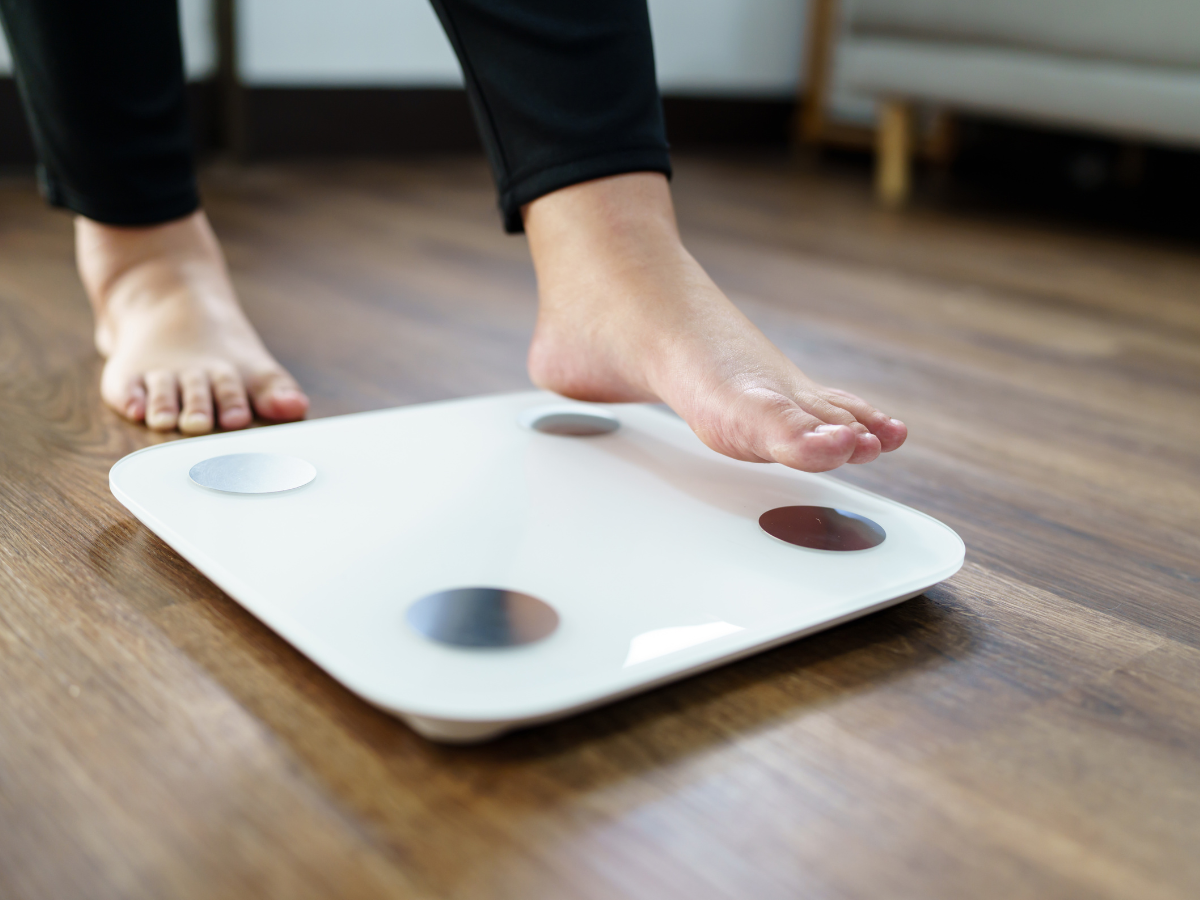Remote Patient Monitoring for Weight Loss: Devices, Applications & Tips
The obesity epidemic in the US is, unfortunately, nothing new. Over the past few decades, the prevalence of obesity in US adults has risen, with about 40.3% of adults experiencing obesity between August 2021 and August 2023. As the demands associated with obesity increase, the need for solutions like remote patient monitoring for weight loss becomes more pressing than ever.

The Need for an Accessible Tool for Managing Obesity
Obesity is a public health concern linked to an increased risk of numerous potentially fatal conditions, such as heart disease, Type 2 diabetes, and certain cancers. Beyond its health risks, obesity also imposes a significant economic burden on both patients and healthcare professionals.
Recent estimates suggest that obesity accounts for about $173 billion in medical expenditures each year. People with obesity also face higher healthcare expenses than those who are at a healthy weight.
Clearly, obesity has placed an increasingly significant strain on the health of Americans and the healthcare system itself. Despite its impact, obesity remains prevalent and continues to grow.
The need for accessible, adaptable, and sustainable treatment options that enable patients to better adhere to treatment plans is stronger than ever before. That’s where remote patient monitoring (RPM) comes into play.
RPM for Weight Loss: A New Way to Support Patients
Remote patient monitoring complements other modalities – including behavioral modifications and bariatric surgery – as a revolutionary way to support patients.
RPM uses digital technology to collect and transmit patient health data to providers in real-time. With these insights, providers can make informed decisions about treatment plans.
Support Better Outcomes
There are many reasons providers might leverage RPM for obesity management. For one, RPM creates a continuous connection between patients and their doctors, reducing the need for in-person visits. It also offers a window into a patient’s progress, increasing accountability and adherence to treatment programs.
By tracking key health vitals, allowing for early detection of issues or deviations from treatment plans, and supporting personalized care, RPM enhances existing treatment plans.
Remote weight monitoring and tracking other health data can even help providers support patients on GLP-1 agonists like Ozempic®.
Engage Patients
One of the most notable benefits of RPM is its ability to boost patient engagement.
This advantage is especially important when using RPM for weight management. It’s much easier to ensure patients adhere to treatment plans and stay on track with lifestyle changes when they are activated and genuinely engaged in the process.
RPM places power and oversight in patients’ hands, empowering them to play a vital role in their treatment journeys.
RPM Devices for Weight Loss
A successful RPM program is only as strong as its technology. Having access to the right remote patient monitoring devices for weight loss is crucial. To ensure the best chance of success, devices should be user-friendly, adaptable, and, in some cases, able to transmit data even without patient intervention.
Let’s take a look at some of the most common RPM devices used to support weight loss and obesity management.
- Smart Scales – Regular self-weighing has been shown to support greater weight loss and more effective prevention of weight gain. RPM smart scales take things a step further by regularly logging vitals like pulse and body fat levels in addition to weight fluctuations. CoachCare’s Balance Smart Scale can accurately measure and transmit data like weight, body mass index (BMI), hydration, lean mass, and more.
- Activity Trackers – Wearable health monitoring devices like smartwatches and activity trackers make it simple to record exercise. Some smart devices also enable patients to track food intake and may be able to identify patterns to make suggestions for further improvements. The CoachCare platform integrates with third-party devices like the Fitbit and Apple Watch Series 3 to help you collect data like sleep patterns, stress levels, pulse, and more.
- Medication Trackers – Whether through a wearable device or a mobile app, patients can report when they take medications. This can ensure consistent medication adherence for patients who need it.
Other Ways RPM & Virtual Healthcare Can Support Weight Loss
Devices aren’t the only RPM tools that providers can use to help patients. Meal delivery options, meal plans, and nutritious recipes can also be effective.
Choosing an RPM platform with these additional services built-in allows providers to support patients inside and outside the office without adding undue administrative burdens for their staff.
Choose the Right Partner for RPM for Weight Loss
Obesity rates may be rising, but so are the solutions available to address them. Remote patient monitoring is a reliable option that providers can use to support better patient outcomes, treatment adherence, engagement, and reduced healthcare costs.
Choose a partner like CoachCare to simplify implementing remote patient monitoring for weight loss. Our reliable devices, user-friendly platform, and dedicated support team help you meet patients where they are.
We’re here to help make your RPM program a success, no matter its size. Ready to get started? Take our quiz to find out if you qualify for remote patient monitoring.